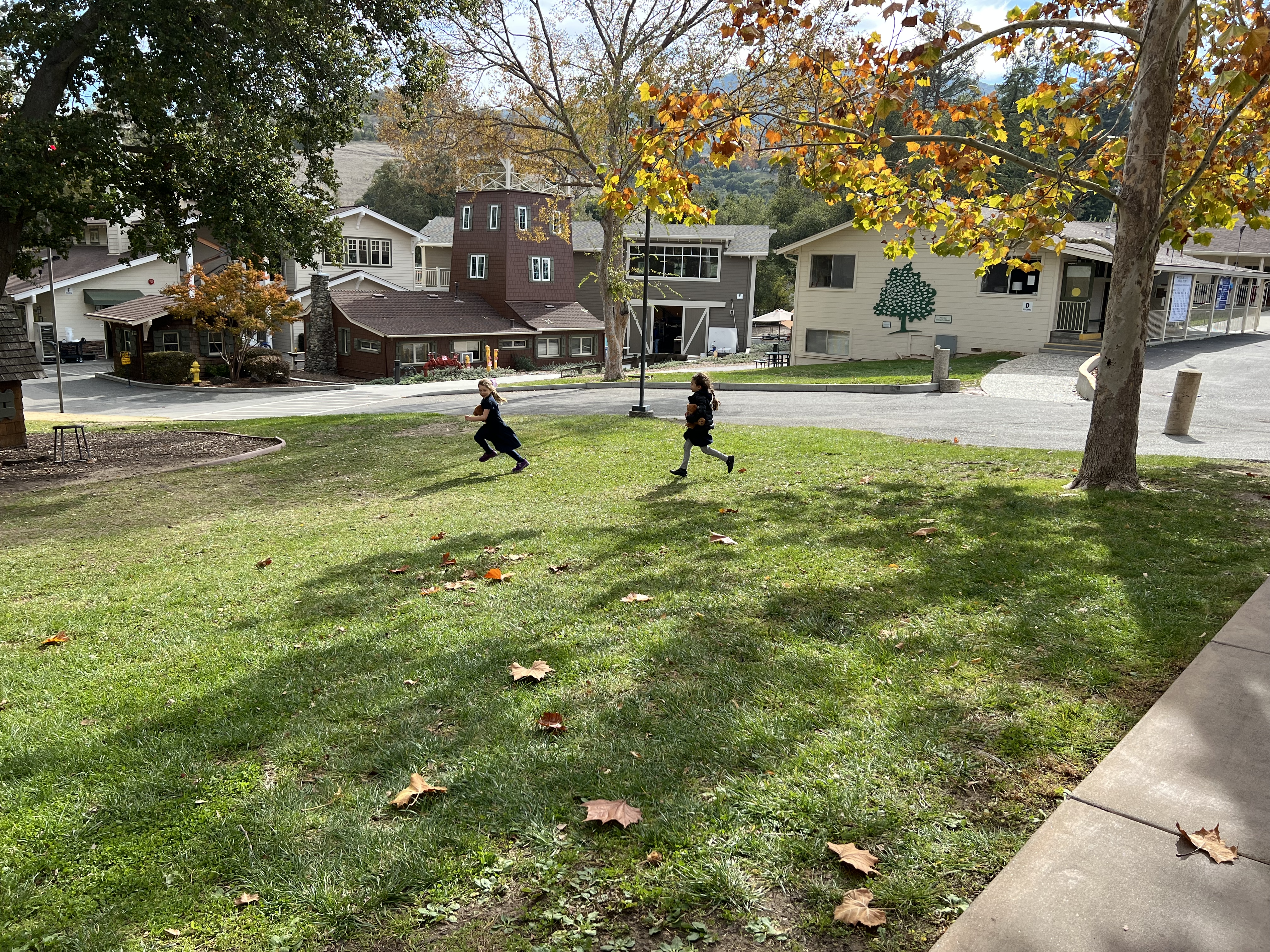Welcome to our Curriculum Connections! This is your weekly periscope into classes across campus – we’ll share new learning, challenges, accomplishments, and commentary from students in Lower and Middle School. Enjoy!
The Thing About “-ing”: Studying Suffixes in Second Grade
In second grade this week, students’ word work is focusing on suffixes! Second graders practiced recognizing the root word within a word, like “packed” or “lunches”, thought about how suffixes (-es, -ed, -s, -ing) add to the meaning of a word, and then practiced writing words and sentences using these suffixes. In dictation exercises with Director of Learning Support Ann King and their classroom teachers this week, students wrote independently as they listened to a set of sentences read aloud. Students seeking more challenge circled all the suffixes in each sentence, any glued sounds (e.g. “-ong” or “-ank”) they could find, as well as any digraphs (e.g. “ck”, “ch”, “th”). Across our Lower School, children have structured, systematic reading instruction that covers all elements of the foundational literacy skills. (You can learn more about these foundational skills, and the “Reading Rope” model that depicts their interaction, in our parent-ed follow-up article on early literacy at Hillbrook). In addition to routines of drilling, reading, making words by combining sound cards, and writing words from dictation, students access the part of the reading rope that connects to comprehension by applying their skills to writing of their own designs. A theme common in students’ free-writing this week was presents—for Hanukkah, Christmas, parents’ and friends’ birthdays, even students’ half-birthdays… there’s much to celebrate in winter that’s on our second graders’ minds! Here’s what one child told me about her writing on Friday: “I made a list of 250 things I want as presents this year! It took 10 pages because I wrote really small. I cut it down to only 6 things, though, that I really, really want.” When asked how she winnowed the list, she replied, “I thought about what I wanted deepest in my heart, but also that I will actually play with when my friends are busy.”
Many Minds Make Math (A)mazing: 6th Grade Tackles Tough Problems in Challenge Groups
Challenge groups in sixth grade math this year meet weekly as a pull-out to exercise process skills in service of solving more complex problems that take a long time each to solve. These Challenge Groups include students whose pre-assessment data show they’re near mastery of the unit materials in our Illustrative Math Curriculum. This week, Associate Head of School Colleen Schilly joined sixth graders in one Challenge Group as they finally solved a juicy problem they had started before Thanksgiving Break. The problem was:
“Imagine 100 lockers in a row and 100 people lined up. The first person walks down the row, opening every locker. The second person closes every 2nd locker. The 3rd person changes every 3rd locker—if it’s closed, they open it, if it’s open, they close it. The 4th person changes every fourth locker, and so on until the 100th person changes the state of Locker 100. In the end, which locker numbers are open and which are closed?”
Over the course of two sessions, students collaborated to develop, test, and persevere with a number of strategies (drawing models, testing individual scenarios, seeking patterns across a set of lockers, and more) to make progress towards a solution. On Thursday they were overheard engaging in discourse that included:
“We have everything we need to solve this problem! All we need is our brains, something to write on, and a pen!”
“Do we actually have evidence of that?”
“Everyone! I had a breakthrough! Let me show you…”
“I’m still not following you.”
“We’re getting closer to solving it because we’re all working together!”
“I am not 100% sure about that.”
“This is so fun. Can we do this every time?”
The group did arrive at the solution and reflected that they were able to do so because of the contributions each individual had provided to the effort. Their work communicated a rich mathematical understanding that illustrates Hillbrook’s commitment to developing the skills and knowledge that enable students to engage in mathematical thinking and problem-solving with precision, flexibility, accuracy, and efficiency, and to apply their thinking to novel problems, while building off each others’ ideas and respectfully critiquing their own and others’ work. Interested in the solution? See if you can solve it by generating rules like they did, e.g. “Prime number lockers will be closed at the end. Lockers with an even number of factors will be… at the end…”
